JUNKAN Museum
“JUNKAN”: A Creator’s Vision.
Exploring “JUNKAN” through Varied Perspectives, Ideas, and Expressions.
Photographer
Shinichiro Shiraishi
4/11
Portraying Reincarnation Where Nature and Man-Made Elements Blend Together
The photo book Samsara captures images from Derek Jarman’s garden, which I visited four years ago. Located in Dungeness, a village in the southeast of England, Jarman—a film and stage director who also had a passion for horticulture—spent his later years creating a unique garden.
What struck me about Dungeness was the seamless blending of natural and man-made elements. The garden is filled with objects that merge discarded industrial parts with natural materials, creating small, intriguing miniature gardens that are both strange and profoundly meaningful. These scenes seemed to reflect my own perception of nature.
Everyone views nature differently, but for me, it’s not grand landscapes but rather a mix of telegraph poles in the countryside or concrete highway pillars in a pond. It’s the countryside near my grandparents’ house, where the artificial and natural coexist.
Beyond the contrast between natural and artificial, I experienced a compelling blend of life and death, consciousness and unconsciousness, future and past—various dualities merging together and disrupting my sense of time. I aimed to capture this sensation in the photo book.
The photographs are presented in monochrome to highlight the factors contributing to the sensations I felt in Dungeness. I used a technique called solarization on the film photos, allowing positive (life) and negative (death) elements to coexist within each image. I distinguish between film and digital photography: film represents warmth, while digital is more technical. For subjects I am passionate about, I prefer film. Even when scanned and digitized, I believe the warmth of film persists.
The title Samsara means “reincarnation” in Sanskrit. The landscapes evoke feelings of both life and death. To symbolize the cycle of life and death, I arranged the book with alternating blank white pages (representing life) and photo pages (representing death). The book also features numerous circles, including four small holes and round stones collected from the beach, which are motifs on the postcards and reflect the theme of reincarnation.
A cycle means never returning to the same place twice. I envision it as rotating along all axes—X, Y, and Z—transcending the concept of time. It’s like a circle in two dimensions, but a whirlpool in three dimensions. The sensations from Dungeness are closely linked to this concept of circulation.
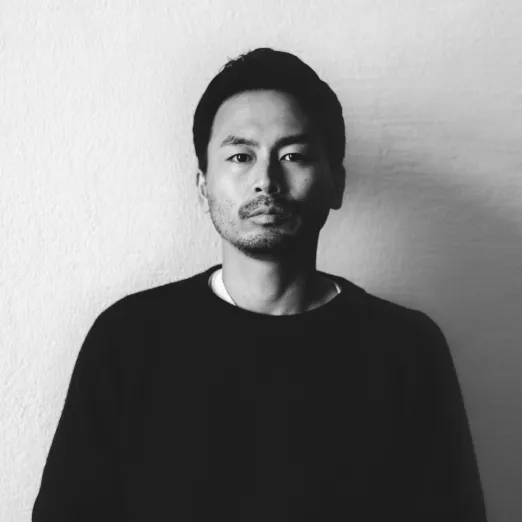
Shinichiro is a photographer born in 1986. After graduating from the School of Social Sciences at Waseda University, he studied under Taro Mizutani and became independent in 2015. Initially working primarily with culture and fashion magazines in Japan, he relocated to Germany in 2019. Based in Berlin, he now focuses on documenting leisure time and everyday life through his photography, often exploring themes connected to his own origins. His collections include SAMSARA (2022) and Portrait of an Island (2023).
Let’s Share!
Do you want to be a part of “JUNKAN” ?
Share your Monthly JP pavilion,
and circulate your thoughts.
Related Artist
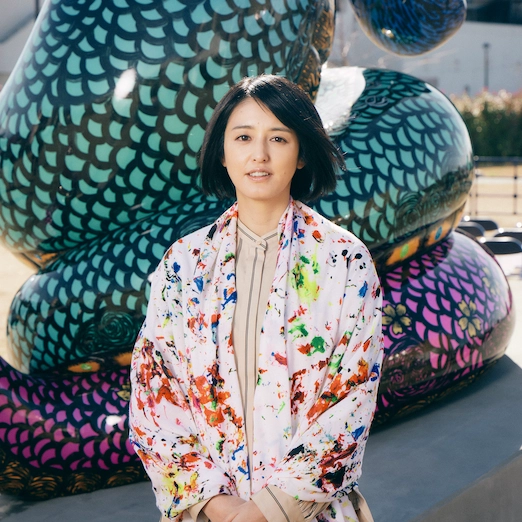
1/11
Artist
Miwa Komatsu

2/11
Artist/Plant Director/Doctor (Agriculture)
Mikiko Kamada
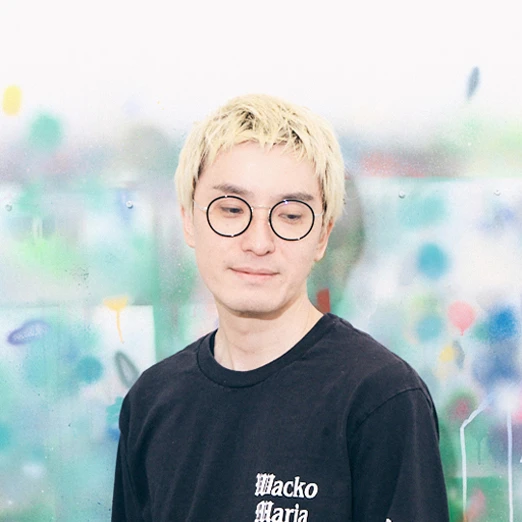
3/11
Artist
Hiroki Niimi

5/11
Artist
Shoji Morinaga
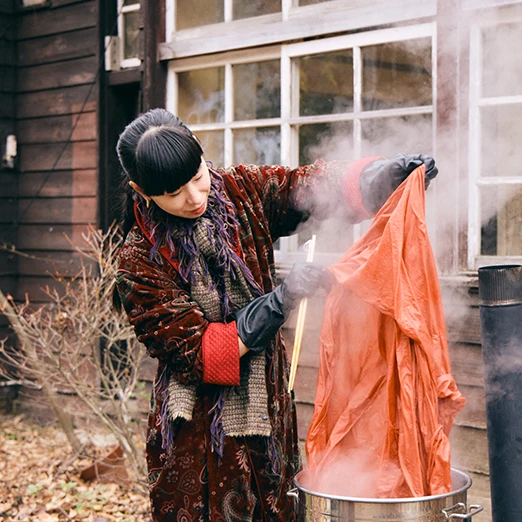
6/11
Plant Dyeing Artist
Misaki Ushiozu
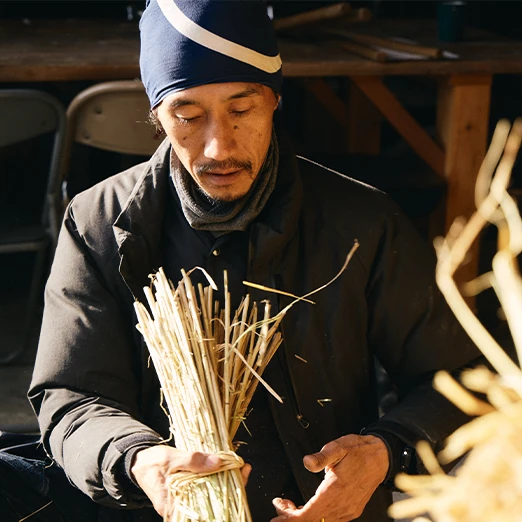
7/11
Thatch Craftsman
Ikuya Sagara
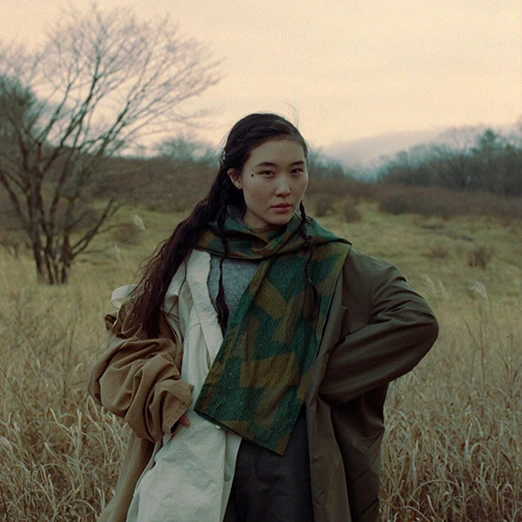
8/11
Artist
Moeko Yamazaki
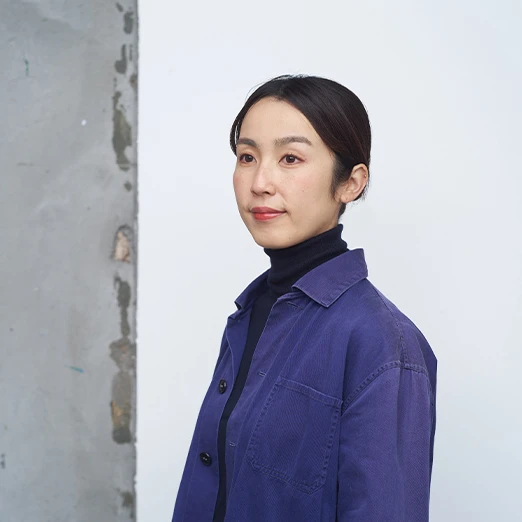
9/11
Designer / Artist
Sae Honda
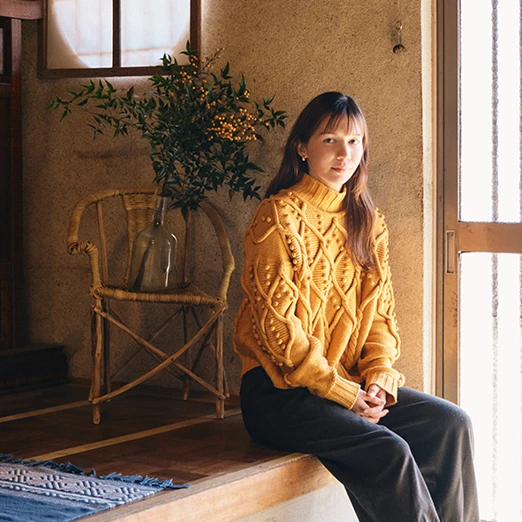
10/11
Contemporary Artist
Hanna Saito
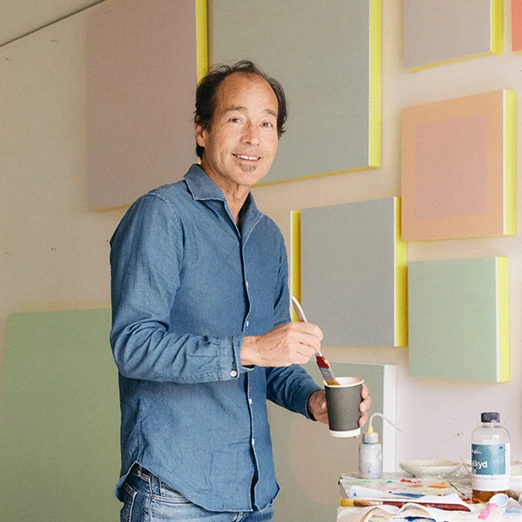
11/11
Abstract Painter
Shingo Francis




